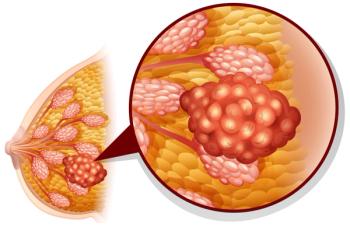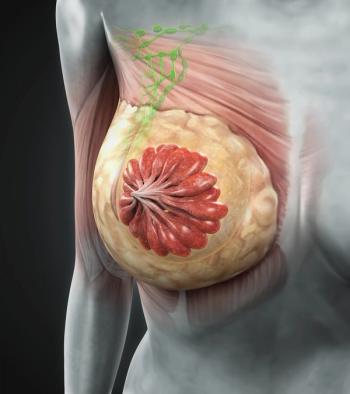
- Oncology Vol 28 No 1S
- Volume 28
- Issue 1S
(P012) National Trends in Surgery for Sinonasal Malignancy: The Effect of Hospital Volume on Short-Term Outcomes
Sinonasal carcinomas are rare, highly morbid neoplasms originating in the nasal cavity and paranasal sinuses. The mainstay of treatment over the past 2 decades has been a combination of surgery, radiation, and chemotherapy. We sought to characterize trends in the initial management of sinonasal malignancy with a particular focus on the impact of hospital volume on surgical care and outcomes.
David Ouyang, BS, Ivan El-Sayed, MD, Sue S. Yom, MD, PhD; Department of Radiation Oncology and Department of Otolaryngology-Head and Neck Surgery, University of California
Background: Sinonasal carcinomas are rare, highly morbid neoplasms originating in the nasal cavity and paranasal sinuses. The mainstay of treatment over the past 2 decades has been a combination of surgery, radiation, and chemotherapy. We sought to characterize trends in the initial management of sinonasal malignancy with a particular focus on the impact of hospital volume on surgical care and outcomes.
Methods: A retrospective cohort study was conducted, examining time trends among patients admitted for surgical resection of sinonasal malignancy in the National Inpatient Sample (NIS) between 1988 and 2009. Subset analysis of high-risk cases was performed on patient cohorts with skull base involvement or orbital or maxillary sinus involvement or those who underwent neck dissection. Patient characteristics as well as hospital attributes were correlated with patient morbidity and mortality.
Results: Over the course of 22 years, we identified 3,850 cases of sinonasal surgery patients from 879 hospitals-24.3% of patients had complications, ranging from infections, cardiopulmonary complications, neuropathy, visual disturbances, and electrolyte abnormalities, and 0.8% of hospitalizations resulted in mortality. High-risk cases with skull base or orbital or maxillary sinus involvement or including neck dissection had more complications (29.4% vs 23.2%; P < .001) and a longer length of stay (9.34 d vs 6.13 d, P < .001). There was an increase in the number of cases with neck dissection over the time period studied.
Thirty-two hospitals averaged more than five cases per year, accounting for 28% (1,097) of all sinonasal surgeries. These high-volume centers were predominantly large (73.3%), urban (96.7%), teaching (90%) institutions and performed more high-risk cases, accounting for 32.4% of cases, including neck dissection, 44.6% of cases with orbital involvement, and 43.1% of cases with skull base involvement. Compared with low-volume centers, high-volume centers had more cardiopulmonary complications (21.1% vs 17.8%; P = .024), electrolyte abnormalities (10.4% vs 7.2%; P = .018), and longer lengths of stay for both high-risk cases (10.58 d vs 8.59 d; P = .003) and non–high-risk cases (6.84 d vs 5.89 d; P = .004). Over the time period studied, a greater proportion of cases were recently performed at high-volume centers.
Conclusions: This study characterizes current trends in the initial management of sinonasal cancer. There is an increased likelihood that complicated surgeries are performed at higher-volume hospitals, which also entails a higher complication rate. High-risk cases resulted in higher rates of complications but were not associated with a higher mortality rate.
Articles in this issue
Newsletter
Stay up to date on recent advances in the multidisciplinary approach to cancer.





